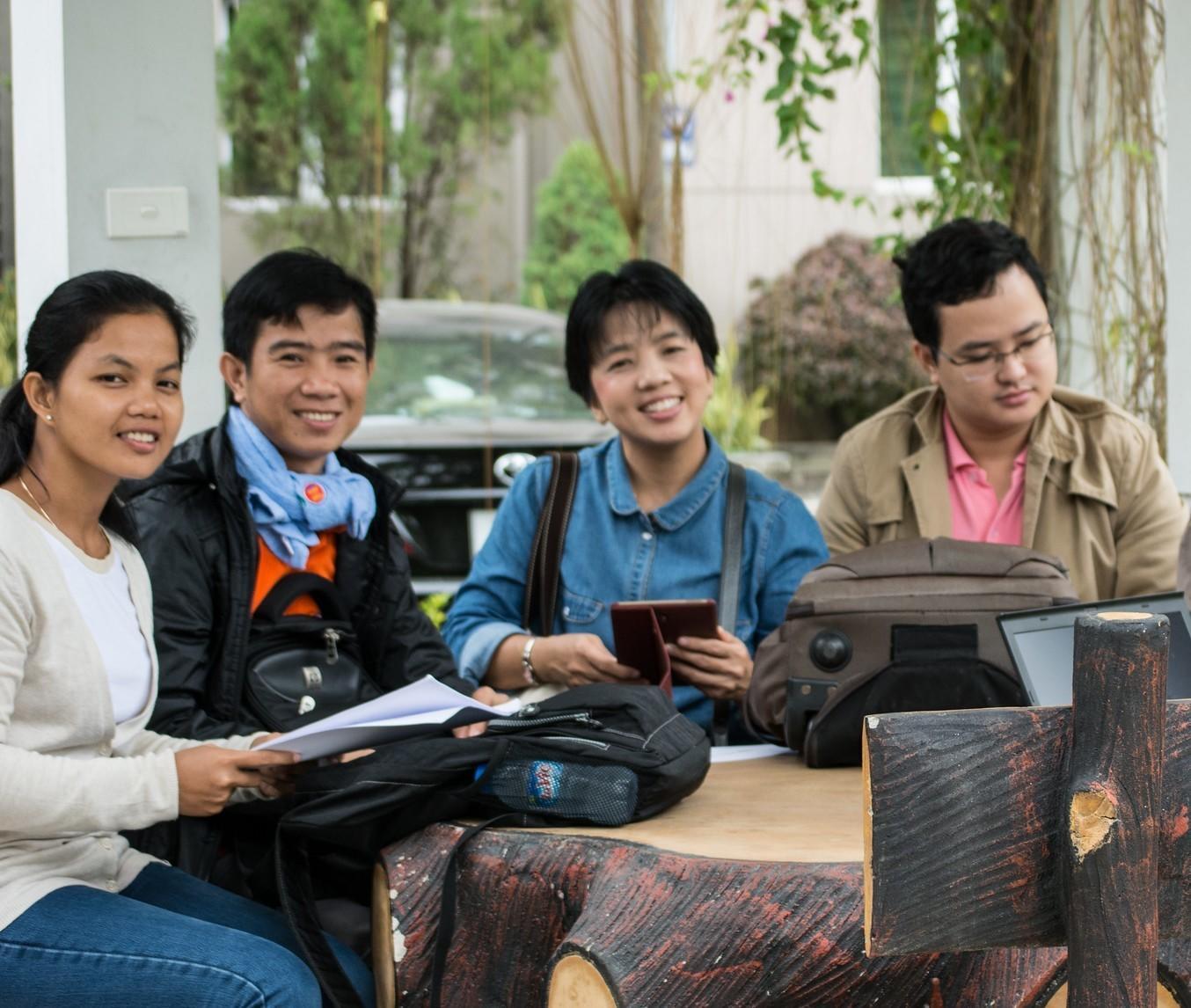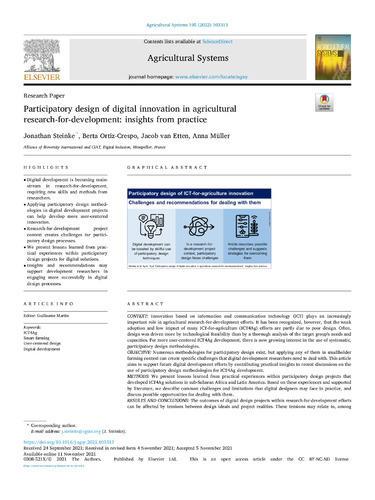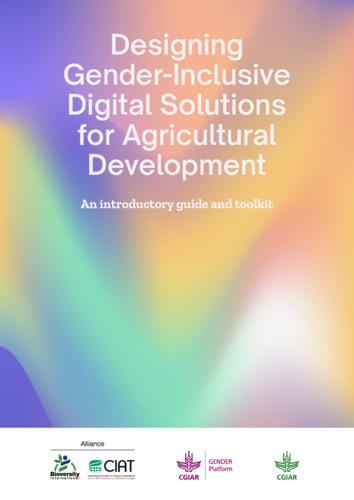Gender and Digital Inclusion

World Bank data show that younger farmers and women farmers have less access to financial and digital tools than older men, with a 2017 Global Index survey indicating a gender gap of 11% in access to a bank account in Sub-Saharan Africa.
Increasing access to financial and digital services could improve the livelihoods of millions of women. However, to achieve this we must make sure that information, technology and training reach women, supporting them to make decisions on how to apply these services to their lives. Barriers to using digital technologies include limited access, affordability, digital literacy, ownership and use, which are exacerbated by language barriers, and gender norms.
Digital and financial innovations could support women in overcoming barriers to trade. Currently, women farmers mostly trade near their production areas, whilst men are more likely to travel to formal markets further away; this results in higher incomes for men than woman due to market competitiveness. Furthermore, many women have no guarantee that they will have control of their sales revenues, as often men in their households claim either a portion or all of the money earnt by women farmers. Innovations in non-cash payments could increase women’s control of their earnings. However, accessing credit often requires proof of existing assets and borrowers’ financial history, which many women and young people lack, thus blocking their access to credit.

To reduce digital and financial gender gaps, our research at the Alliance focuses on:
- digital payment services to women,
- digital platforms where women can access agricultural advisory services, finance and trade information, and,
- capacity building for women as leaders in trading platforms.
Examples of our work
Focus on: Gender-inclusive Design of Digital Tools in Agricultural Research for Development
Digital tools play an increasingly important role in agricultural research for development. However, their potential often doesn’t reach women and marginalized groups, partially due to a narrow focus on digital tool design. Human-centered design shifts the perspective towards more inclusive design processes. Within the Alliance’s ‘Inclusive Design and User Research’ work area, researchers are providing tools and materials for partners to integrate an inclusive design lens into digital innovation.
We developed practical guidelines for gender-inclusive digital design for people working on gender-inclusive, sustainable digital agriculture tools. This guide aims to: 1) introduce the concepts of design thinking and inclusive design, 2) provide tools for the different steps of the design process, and 3) provide links for further reading to deepen users’ understanding of this topic.
Focus on: Digital Payment Services, Beans and Gender
In the ‘Improving Bean Production and Marketing in Africa’ project, access to digital payment services increased from 15,000 users in 2020 to 55,000 in 2021, with women making up 55% of new users. During this period, these 55,000 farmers traded produce worth $12 million USD on a digital payment platform, generating incomes for themselves and their families.
Researchers working on this topic:

Fanny Howland
Senior Research Associate
Anna Muller
Scientist, Team Lead Inclusive Design and User Research
Nchanji Eileen Bogweh
Gender and Social Inclusion ExpertBerta Ortiz Crespo
User Experience Design Specialist
Jonathan Steinke
Development Researcher
Emmanuel Zapata-Caldas
Environmental ScientistLatest Publications







